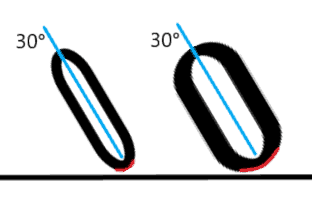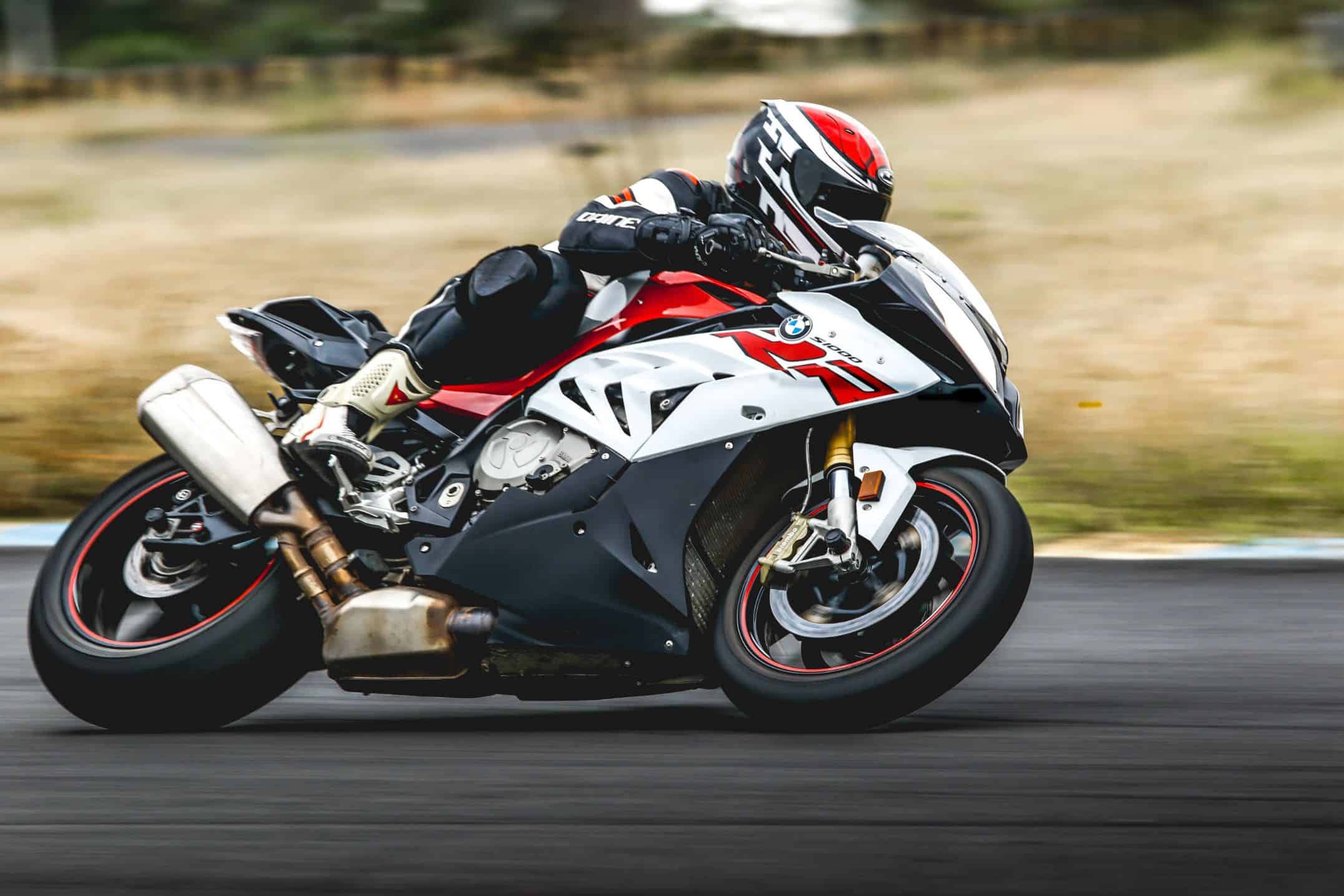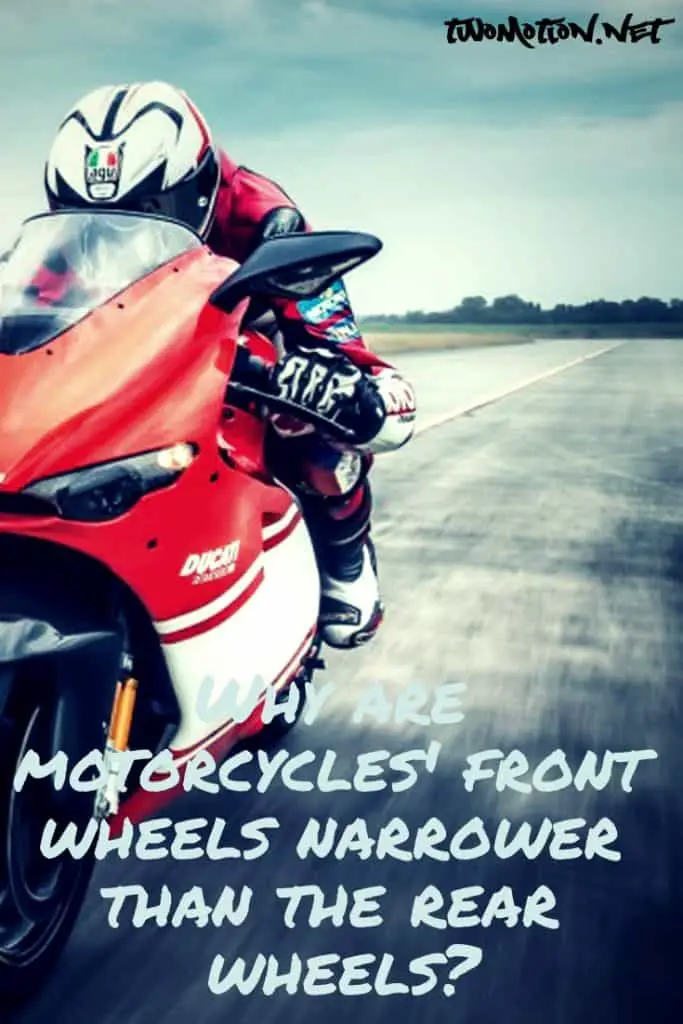Not all motorcycles have narrower front tires like the H-D Forty-Eight, for example, but most other bikes do because the weight is shifted forward on a bike when braking and we don’t generally brake when leaned over resulting in tire wear on the centre rather than on the sides of the tire.
Overview
We look into answering exactly why motorcycles have narrower tires at the front and wider tires at the back and also why this differs for street bikes and dirtbikes.
We will discuss the following:
- How does grip work on tires
- How we ride our motorcycles
- Result of the narrower front tire
How does grip work on tires
You may have thought at some stage that more contact surface equals more grip, but this isn’t true. In fact, the surface area is not a factor when calculating friction.
What does however matter is the downward force applied onto the tire and the friction coefficient on the tire and the road or track.
These are the only two factors that determine friction.
So this means that the weight of you and your bike matters for the downward force and also the compound of your tire. You can’t really do anything about the road or track except for not riding through oil spills.
Although this might be true for street bikes, dirtbikes ride on sand and mud where the surface moves as they ride. So it does differ between these two, but you should keep in mind that a gravel road will have the same effect as tarmac because it doesn’t move or wrap into the tire like sand will.
Formula
For those that like to see equations rather than having an explanation; this is a simplified equation to the force of friction when static (not sliding), however the equation changes when the tire is not static (sliding). Generally, we like to keep the wheels from sliding.
F=μN
Denotation:
F = Friction
μ = Friction coefficient
N= Normal force
How we ride our motorcycles
So now you may be wondering why we don’t just have narrow tires front and back if it doesn’t matter how much surface area we have.
The thing is, it does matter how much surface area we have but not as you may think. “Wait, …what?”
It has to do with how we ride our motorcycles and how much surface area is available for us to use.
When we go around corners, we are taught to increase throttle very smoothly throughout the turn and then use the throttle to get the bike up straight again when exiting the corner.
The result is more weight being shifted to the rear of the bike that also results in more wear. If you have a wider tire, you have more tire to use as you aren’t leaning at the same angle throughout the whole corner. This would mean your tire could last longer on a track where you do a lot of corners.

But we are also taught never to do any hard braking in a corner and especially using the front or rear brakes only.
Below is a video demonstrating what happens if you do use the front brakes in a turn
So what does this mean?
Ultimately, you are not putting the front wheel under a lot of hard work except if your motorcycle is upright. So you don’t need all of that rubber on the sides to make it last longer.
Result of the narrower front tire
Why don’t we just use the same size tire on the front and back? While a wider tire can improve durability on the rear tire, it doesn’t help much at the front where it doesn’t do much work on the corners.
But also, having a wider tire makes the bike less flickable or slower to lean in. So we try to manage this by using a wider tire where we need it and a narrower tire where we don’t need it.
For dirtbikes, a narrower front wheel can also easily cut through dirt or sand, forcing the motorcycle into the direction you want it to go rather than gliding over the surface.
Final words
On a street bike, the front wheels do less work in corners, so they wear out less on the sides. They also help make the bike easier to lean over in a corner. On dirtbikes a narrower front wheel will cut into the soil, helping you steer the bike in sand or dirt.
I always try to keep my articles interesting and informative. And I’m always thankful when they are shared on social media platforms or Pinterest.


